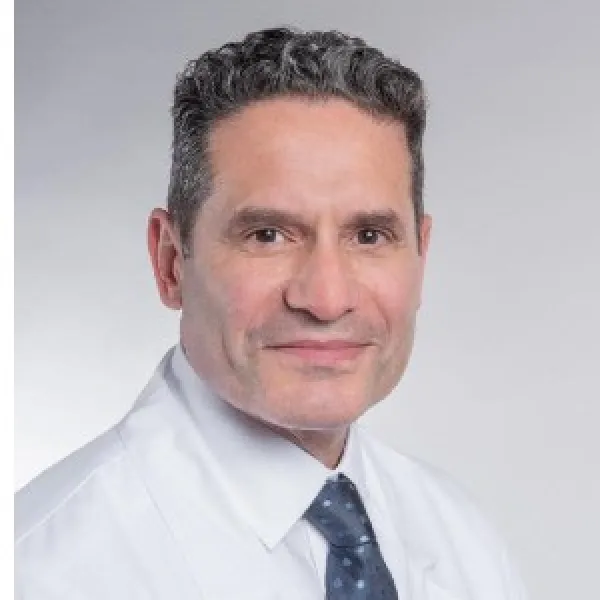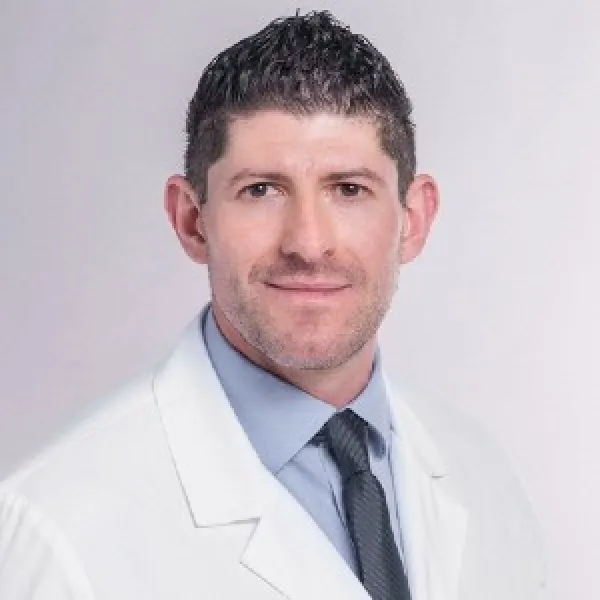Providing your location allows us to show you nearby locations and doctors.
Aneurysm and Other Cerebrovascular Diseases
Cerebrovascular disease, which includes aneurysms and other abnormal vascular structures within the brain, can increase your stroke risk. Nuvance Health® guards against and treats these complex conditions using leading techniques, some of which are not widely available.
You receive personalized care from a skilled team of cerebrovascular disease specialists. Therapies include minimally invasive and traditional open surgical procedures to repair weakened blood vessels.
Meet the team





Cerebrovascular Disease Care at Nuvance Health: Why Choose Us?
Nuvance Health is among the few cerebrovascular disease programs serving New York’s Hudson Valley and Western Connecticut. Specialists care for people who have or are at risk for aneurysms, arteriovenous malformations and other cerebrovascular diseases. Services include testing, treatments and ongoing monitoring, when necessary. Highlights of our program include:
Skilled team
You benefit from our multidisciplinary approach regardless of the level of stroke risk. Three cerebrovascular neurosurgeons with advanced training through fellowships along with neurologists and critical care doctors guide your care. The team works together to develop personalized treatment plans.
Sophisticated therapies
You have access to advanced endovascular treatment technologies. Specialists use innovative techniques and devices to treat aneurysms. Some options are less invasive than traditional surgical methods for care that’s gentler on your body.
Surgical procedures
In some cases, an open surgical procedure is necessary. Nuvance Health cerebrovascular neurosurgeons develop a personalized treatment plan and safely deliver the service you need.
Appropriate care
Some cerebrovascular conditions progress slowly, posing little threat to the brain’s blood supply. These conditions do not require immediate treatment. Cerebrovascular specialists provide regular monitoring to detect the early signs of changes that may require a procedure.
Who Is Cerebrovascular Disease Care For?
Early-stage cerebrovascular diseases typically do not cause symptoms, making it difficult to know when to seek help.
You may benefit from cerebrovascular disease care if you:
Show signs of cerebrovascular disease: Doctors typically uncover these problems in imaging scans for other conditions, like head injuries.
Are a stroke survivor: If you’ve experienced a stroke, you face a higher risk of new cerebrovascular problems after treatment.
If you or a loved one experiences stroke-like symptoms, including sudden numbness and difficulty talking or moving, dial 911. This is the quickest way to access emergency stroke care.
At Nuvance Health, you have access to treatments for:
Arteriovenous malformation (AVM): A rare condition typically present at birth in which blood vessels become tangled. AVMs raise the risk of life-threatening brain bleeds.
Brain (cerebral) aneurysm: A weak section in a blood vessel wall that balloons outward and can burst (rupture), causing a hemorrhagic stroke.
Moyamoya disease: A rare disorder that causes narrowing in certain blood vessels in the brain (internal carotid arteries).
Subdural hematoma: Bleeding between the brain’s surface and protective outer covering resulting from a head injury.
Doctors with fellowship training in cerebrovascular neurosurgery tailor services to your needs. If advanced testing or a procedure are necessary, they explain how they can help and what to expect.
Evaluations often start with CT angiography. This imaging study produces 3D images enabling us to assess the fine details of the brain’s blood vessels.
Specialists offer a broad range of cerebrovascular disease treatments and use open surgery or minimally invasive techniques to deliver them. Your care may include:
AVM repair or resection: We repair or remove (resect) abnormal artery or vein structures, so they are less likely to rupture. Care may include inserting coils, clips or a glue-like substance to seal the vessel.
Embolization for uncontrollable nosebleeds: Frequent nosebleeds do not raise your stroke risk but can be bothersome. If the bleeding doesn’t stop easily, you may need a procedure to disrupt blood flow to the vessel causing it. Specialists thread a catheter from a small incision in your groin to the blood vessel and insert glue-like particles.
Middle meningeal artery embolization: This option reduces the risk of expansion of blood vessels causing slow brain bleeds due to subdural hematoma. Doctors use endovascular techniques to access the bleeding blood vessel and apply tiny beads to stop it. This option may reduce the need for a surgical procedure to remove the blood. It also protects against continued or future bleeds in the same area.
The Pipeline™ Flex flow diversion device: Using endovascular techniques, specialists insert a long, braided device that reduces blood flow to an aneurysm or diseased blood vessel. Over time, a small blood clot will form. The clot eliminates the aneurysm from the brain’s circulation and keeps blood flowing to the rest of the brain. Over time, the blood vessel walls regain their natural shape, lowering the risk of future problems.
Woven EndoBridge® (WEB) device: Doctors use endovascular techniques to implant a tiny mesh device that expands and directs blood away from the aneurysm. Over time, a small blood clot forms sealing the aneurysm and allowing direct blood flow to the brain. This option is for aneurysms of certain shapes and in certain parts of the brain’s arteries.
Providing your location allows us to show you nearby locations and doctors.